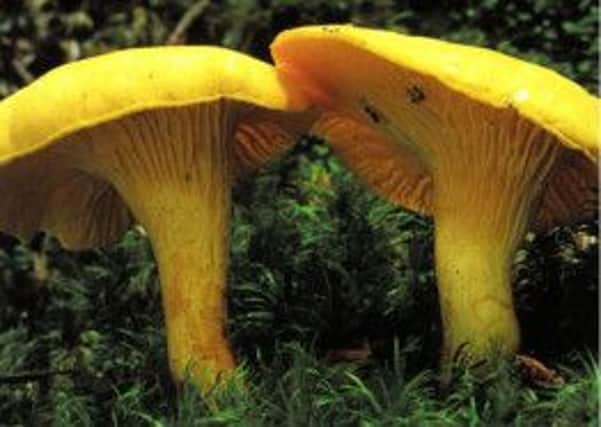The joys of foraging


For years one of my best-guarded secrets was a wood in Wharfedale that supplied me with plenty of free chanterelles, which cost at least £3 per 100 grams at the few independent fruiters stocking them. However, to my horror I recently discovered that the location of this rich bounty has been thinned of conifers as part of a regeneration project to restore it to a classic Yorkshire Dales ash woodland, and the understorey of fallen and often moss-covered timbers which supplied the chanterelles with their nutrients has been cleared away.
Chanterelles smell delicious even before they hit the pan with their pungent apricot-like aroma, but gatherers of wild fungi need to know what they are doing because it is possible to confuse this particular fungus with another variety, one with the appropriate name of false chanterelle. It is darker-coloured and lacks the distinctive fruity smell, but more importantly the false chanterelle can produce varying levels of gastrointestinal pain and should not be eaten. Those who have made this mistake say that, unlike the edible chanterelle, it has a pretty bland taste.
Advertisement
Hide AdAdvertisement
Hide AdAnyone who lacks confidence in identifying “kitchen” mushrooms should assume that something is unsafe unless an expert is on hand to advise otherwise. So far this year over 100 people in the UK who have foraged for wild mushrooms while out walking have suffered poisoning, many of them children.
Children, it seems, are better than adults at finding mushrooms. Perhaps this is because they believe in fairies, a friend once suggested, but more likely I think it is explained by them being closer to the ground.
On a fungus foray I joined near Harrogate, organised by the Mid Yorkshire Fungus Group, it was children who found the most interesting species. Some of the fungi had formed into so-called “fairy rings” - circles of mushrooms produced, according to folklore, by fairies dancing in a circle and wearing out the grass beneath their tiny feet - but there wasn’t a gauze-winged fairy in sight.
The species known as the fairy ring champignon - mycologists use the less appetising name of Marasmius oreades - turns out to be edible. Another variety we found was one called the amethyst deceiver, which is apparently used raw by chefs because its purple-blue appearance adds a splash of colour to dishes.
Advertisement
Hide AdAdvertisement
Hide AdTranslation of many Latin names reveal what a mushroom is said to smell like. From a distinctly non-PC era comes one that “smells like foreigners”. Another “smells like a harlot”, referring to an odor of cheap perfume. And the Lycoperdon pyriforme, or the puffball to you and me, is supposed to smell foul.
It is delicious, however, but safe to eat only if the flesh inside is pure white. If brown, it should be avoided at all costs.